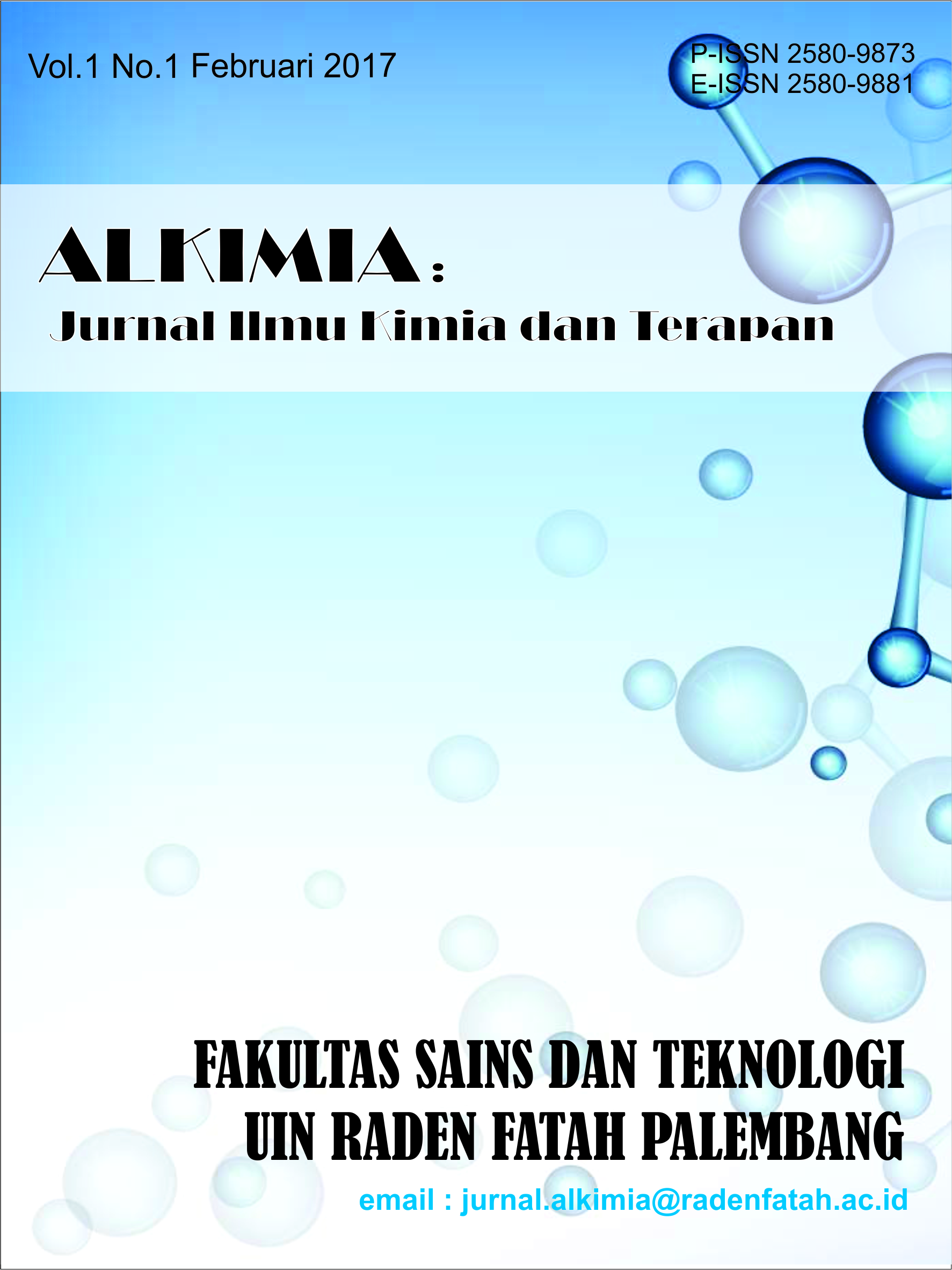Analysis of Oil and Fat Content in Palm Oil Industry Wastewater Gravimetric Analysis,
DOI:
https://doi.org/10.19109/jcm4ja22Abstract
Wastewater is unused waste water and contains many substances that can pollute the environment and disturb the health of living things. One of the parameters of wastewater pollution that is found in everyday life is oil and fat. Oil and fat are one of the parameters in wastewater consisting of compounds that can pollute water bodies so that their concentration must be limited, because their impact can damage aquatic ecosystems, especially on water resources. Oil and fat are compounds that contain the main component, triglycerides. Triglycerides are molecules resulting from condensation between one glycerol and three fatty acids. Based on SNI 6989.10: 2011 from the Regulation of the Minister of Environment No.05 of 2014, states that the maximum concentration of oil and fat quality standards contained in wastewater from the palm oil industry is 25 mg/L. The results of the analysis that has been carried out show that the levels of oil and fat in the palm oil industry wastewater samples include In-let wastewater (12,4 mg/L), Out-let (8,4 mg/L), Up-stream (3,6 mg/L) and Down-stream (6 mg/L) which have been tested and analyzed using the gravimetric method. The results show that the samples meet the quality standards for oil and grease in wastewater so that they are relatively safe for environmental health.
Downloads
Published
Issue
Section
License

This work is licensed under a Creative Commons Attribution-ShareAlike 4.0 International License.
- The author saves the copyright and gives the journal simultaneously with the license under Creative Commons Attribution License which permits other people to share the work by stating that it is firstly published in this journal.
- The author can post their work in an institutional repository or publish it in a book by by stating that it is firstly published in this journal.
- The author is allowed to post their work online (for instance, in an institutional repository or their own website) before and during the process of delivery. (see Open Access Effect).







.png)




